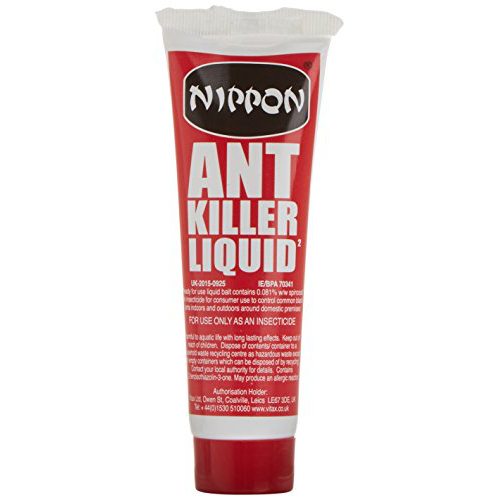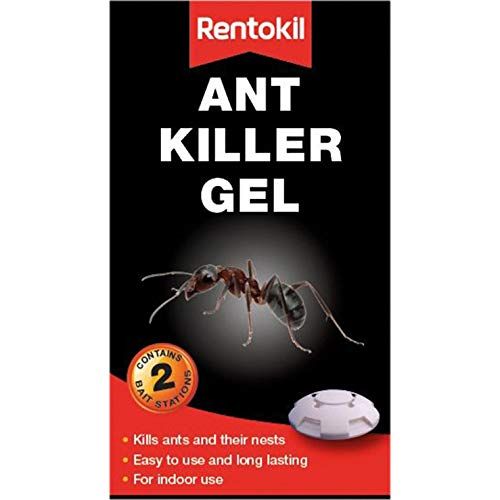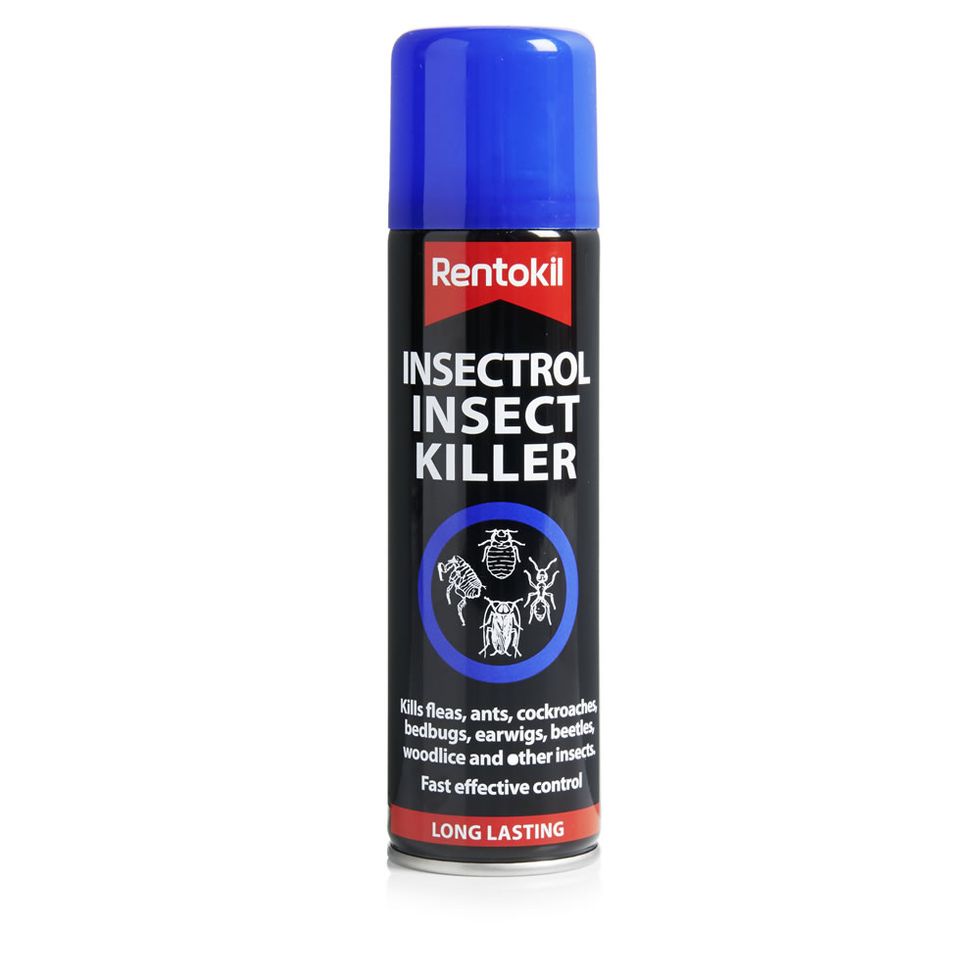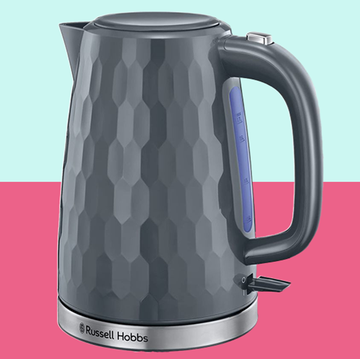Summer is well underway, bringing longer days, heatwaves and plenty of time spent outdoors. But along with the sunshine and open windows comes the return of something far less welcome: bugs. What’s that buzzing past your ear, running over your picnic blanket, infesting your fruit bowl? Bugs. Much like us, they seem to thrive in these warmer months. But there’s one culprit in particular that’s synonymous with this season: flying ants.
Every year, for a short period in summer, these ants emerge in large swarms to begin their mating season – a phenomenon often referred to as ‘Flying Ant Day’. It's not nearly as fun as Yorkshire Pudding day.
Flying ants aren’t harmful, but their sheer numbers and habit of swarming can be a nuisance. They can find their way indoors through open doors and windows, gather around lights and leave behind discarded wings and other debris. They can be a real pain to remove once they’ve got in and, in some cases, species such as carpenter ants can even pose a risk to wooden structures.
What to read next
If you want to stop them getting in – or need a strategy for dealing with an invasion – read on for our easy, effective tips to keep your home flying-ant-free.
What is Flying Ant Day?
‘Flying Ant Day’ isn’t just a one-off event – it’s more of a mini-season lasting several weeks, often with several peaks during July and August. It’s when winged male and female ants emerge to mate and start new colonies.
‘Their sudden swarming is triggered by warm, humid conditions, often after rain, and unfortunately that means UK homes and gardens are ideal territory,’ says Howard Carter, co-founder and CEO of insect repellent brand Incognito. ‘Flying ants might seem like a harmless summer nuisance, but in large numbers they can become a real problem, especially if they find a way indoors.’
So, the day, or rather the season, is brought on by warm, humid weather. The kind often seen after a rain shower following a heatwave – sound familiar? The swarms are natural and short-lived, but they can coincide with open windows, BBQs and relaxed outdoor evenings, making them especially inconvenient (and unfortunately memorable).
How to prevent flying ants?
A good offence is the best defence – a fact as true of pest control as it is of football. To keep the bugs at bay, there are several easy measures you can put in place in your home now.
1. Seal entry points
‘Prevention starts with blocking entry points,’ says Howard. So seal any cracks around windows, doors, vents and foundations with caulk or weather stripping.
2. Use insect screens
Magnetic or mesh screens on doors and windows allow fresh air in while keeping bugs out. Easy-to-install options, like the EasyMax fly screen for under £20, can make a cheap and cheerful addition to your home during this season.
3. Store food properly
‘Keep sugary food sealed and surfaces clean. Flying ants are drawn to sweet substances, so even crumbs can invite them in,’ advises Howard. Use airtight food storage containers for open foods and put them on high-up cupboard shelves. Clean up crumbs and stickiness promptly, and consider losing the fruit bowl during peak weeks.
4. Keep surfaces spotless
Wipe down counters, sweep floors, mop up spills and regularly empty bins, ensuring if they're kept outside they’re secured with tight lids, especially after meals. If you have pets, make sure you’re snapping up their food bowls as soon as they’re done chowing down to reduce ants’ access to any food residue. Even small leftovers can create strong ant trails.
5. Fix damp spots
Ants, particularly carpenter varieties, are drawn to moisture and damp wood. So if you have a leaky pipe or sad-looking wooden fixtures that you’ve been meaning to get to, now’s the time to stop it from going from a little annoying to an infestation.
How to get rid of flying ants
If you’re unlucky enough to already be playing host to a horde of the flying pests, here are some effective and speedy ways to evict them.
1. Vacuum them up
A quick and hygienic solution is vacuuming the ants up right away, then disposing of the bag outdoors to prevent escapees. It’s a quick, easy and effective way of making sure you're grabbing them all. It’s unlikely but some flying ants do possess the power to sting or bite, so it’s also good to avoid getting up close and personal with the swarm.
2. Seal trails and entryways
Track their movements and reinforce seals around doors, windows and any cracks they’re using to enter the home. You can also mop their paths around these entrance spots with a floor cleaner. Both help to interrupt their pheromone path and discourage repeat visits.
3. Try scent-based deterrents
Howard advises: ‘Flying ants respond strongly to scent‑based disruption.’ So natural ingredients such as essential oils can be an excellent repellent. Mix water, a splash of dish soap and 5–10 drops of peppermint, rosemary or citronella essential oil. Spray around windows, doors, lights and damp areas to deter them.
You can also scatter ground cinnamon or black pepper at entry zones – these smell like predators to ants and disrupt trails. Citronella candles are also a great thing to have around the house to ward off bugs of all kinds, especially those pesky mosquitoes.
4. Burn ant-repellent incense
If you have a heavy-duty case but still want to avoid resorting to harmful neurotoxic pesticides, Howard recommends Incognito’s zero-plastic, toxin-free incense sticks: ‘Burn one of our unique incense sticks with all windows and doors shut’, for 20-30 minutes, then ventilate. ‘Any ants still alive will rapidly fly outside,’ he says. This natural method encourages the ants to exit, and using the brand’s natural room refresher afterwards helps deter returning swarms.
When to call in the pros
Most flying ant swarms disappear quickly – usually within a few hours. But if you suspect nesting in structural wood (e.g. carpenter ants) or experience a continual swarm, it’s wise to consult a professional exterminator. They can locate and treat nests directly for lasting peace of mind.
Enjoy the sunshine – minus the swarm!



















